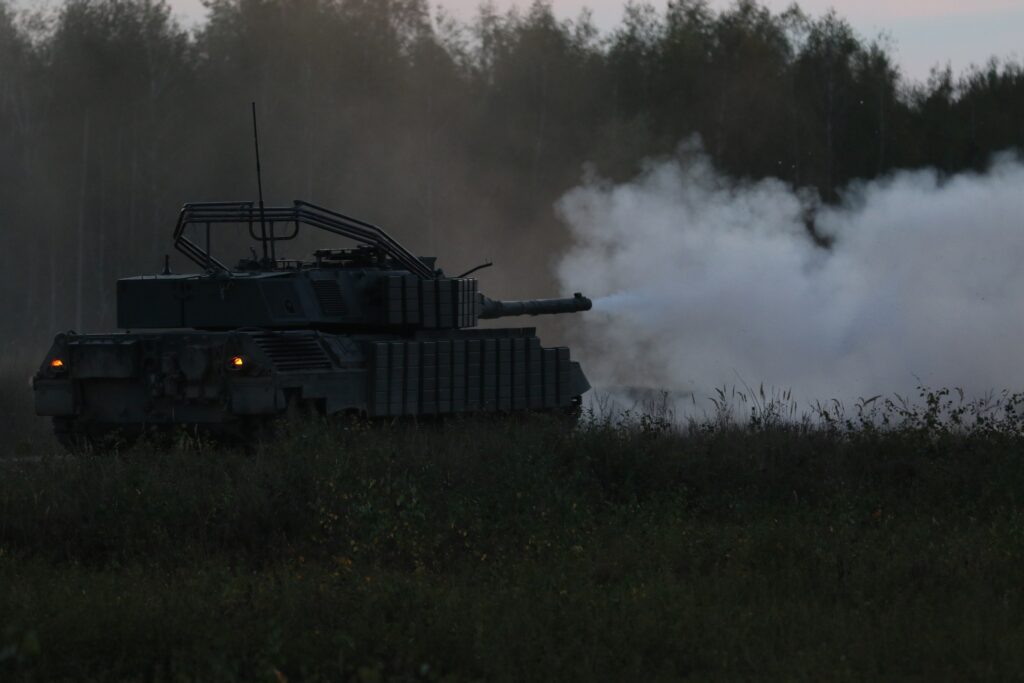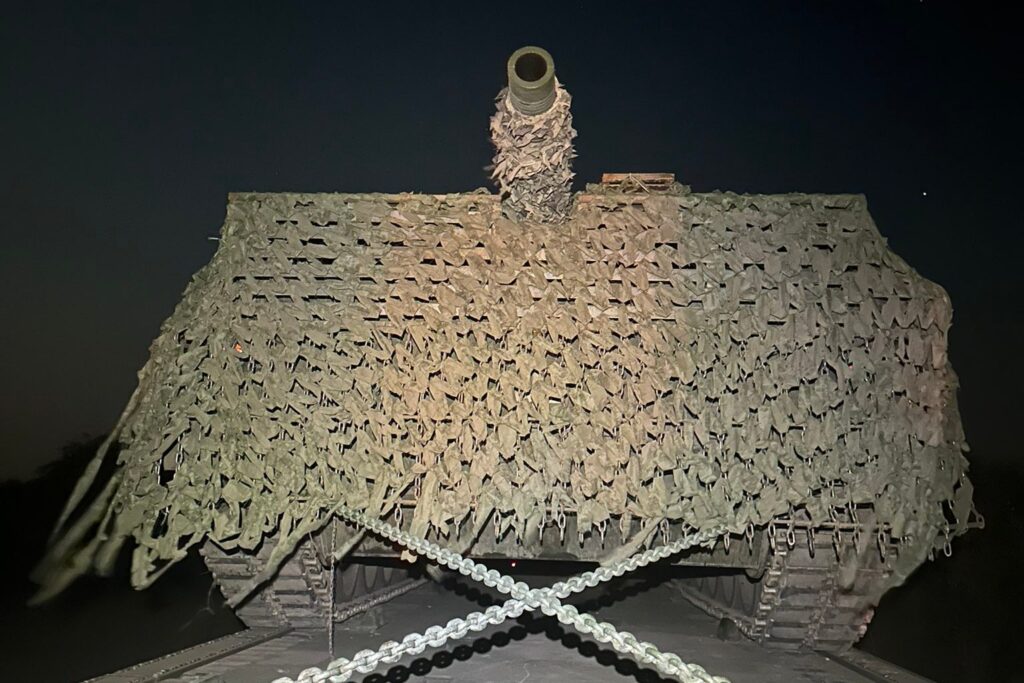Russian infiltrators near Pokrovsk are about to get the tank treatment

Ukrainian reinforcements are rushing to the Pokrovsk area in an urgent effort to defeat a Russian infiltration that threatens one of two main supply roads into the besieged city in Donetsk Oblast.
The reinforcements include one of Ukraine’s new multi-brigade corps—and at least one Leopard 1A5 tank.
The Ukrainian army’s 508th Separate Repair and Restoration Battalion—which retrieves, repairs and returns armored vehicles—loaded one of the 40-ton, four-person Leopard 1A5 tanks onto a heavy transport truck and hauled the tank into the Pokrovsk sector under the cover of darkness on Wednesday.
“We’ve been a little quiet the last few days,” the battalion stated on social media, “but another Leopard 1A5 with full ammunition … is successfully delivered to one of the hottest places [in the] Pokrovsk direction.”
It’s obvious where the German-made tank wound up: somewhere along the roughly 10-km front stretching from Rodynske in the south to Nove Shakhove in the north. That front, just northeast of Pokrovsk, is the current locus of the fighting after Russian troops slipped past under-manned—or entirely empty—Ukrainian trenches last week and hooked left to threaten Dobropillya, which sits astride the T0515 road threading into Pokrovsk.
Two of the seven Ukrainian brigades that operate the 1980s-vintage—but heavily upgraded and up-armored—Leopard 1A5s are holding the line around Dobropillya: the national guard’s 4th Rubizh Brigade and the army’s 142nd Mechanized Brigade.
Each brigade probably owns a dozen Leopard 1A5s out of 170 that a German-Dutch-Danish consortium has pledged to Ukraine. Around 100 of the tanks have shipped; the Russians have knocked out at least 14 of them. Others have been damaged.

Repaired tank
It’s likely the Leopard 1A5 the 508th Separate Repair and Restoration Battalion sneaked into the Pokrovsk area was a damaged tank that the battalion fetched from the front line and fixed up at its workshop before hauling it back to its operator.
After losing around 4,000 tanks in action in the first 42 months of its wider war on Ukraine, Russia has all but ceased deploying heavy armor along the 1,100-km front line. Production of new T-90M tanks, and the restoration of old Cold War T-72s moldering in long-term storage, simply can’t make good all those losses.
Today, the Russians mostly attack on foot or on motorcycles, counting on these hard-to-spot and fast-moving forces to slip through thinly manned Ukrainian trenches and past Ukraine’s ever-present drones. The Ukrainians still use tanks, however, fearlessly rolling the hulking vehicles from their drone-proof dugouts for close fights with infiltrating Russians.
It’s not for no reason that, last month, Ukraine lost more tanks in action than Russia did—a first in this wider war.
Ukrainian Pres. Volodymyr Zelensky insisted the Russian infiltrators threatening Dobropillya marched north and then turned west “only with weapons in their hands.” They’re lightly armed and poorly supplied, potentially making them easy targets for tanks. Assuming, of course, the tanks can shrug off any Russian drones patrolling the Russian salient northeast of Pokrovsk.
There’s a good reason for the Ukrainian tankers to be optimistic. The Leopard 1A5 and Leopard 2A4 tanks that are helping to defend the Pokrovsk sector have proved that, with enough add-on armor, they can survive repeated drone strikes—and keep fighting.

